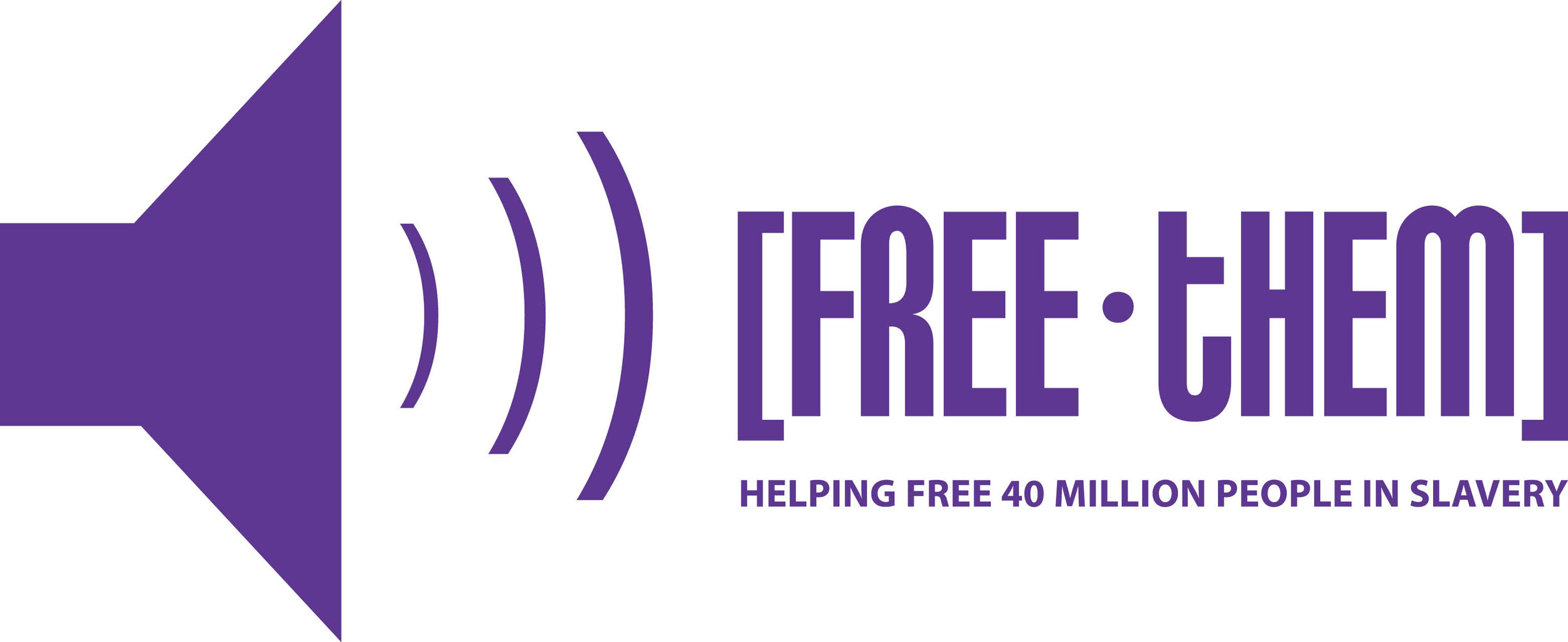Human Trafficking in Canada
Sited from The Ministry of Public Safety Canada In Canada, human trafficking often takes place in large urban centres, and also occurs in smaller cities and communities, largely for the purpose of sexual exploitation. We know that men, women and children fall victim to this crime, although women represent the majority of victims in Canada to date. More generally, those who are likely to be at-risk include persons who are socially or economically disadvantaged, such as some Aboriginal women, youth and children, migrants and new immigrants, teenaged runaways, children who are in protection, as well as girls and women, who may be lured to large urban centres or who move or migrate there voluntarily. Young women are sometimes recruited by younger male members of street gangs who use the promise of affection as a tool to recruit them. As part of the Government’s efforts, the Royal Canadian Mounted Police conducted Canada’s first Human Trafficking Threat Assessment, which reviewed cases and intelligence between 2005 and 2009 to determine the extent of this crime in 20103. The Threat Assessment confirmed that vulnerable, economically challenged and socially dislocated sectors of the Canadian population represent a potential pool of trafficking victims. It noted that non-Canadian victims are often brought to Canada from countries in Asia, notably Thailand, Cambodia, Malaysia and Vietnam, as well as countries in Eastern Europe. More recently, increased evidence of human trafficking for forced labour has come to light. Investigations of such cases have occurred across the country with charges being laid in Alberta, Ontario and British Columbia. Cases encountered to date suggest that human trafficking for forced labour is more prevalent in Alberta and Ontario. Labour-related intelligence and investigations have involved foreign nationals, both male and female, from the Philippines, India, Poland, China, Ethiopia, Mexico, Thailand and Hungary. In addition, there are indications that some foreign nationals are illegally transported and subsequently exploited by the employers as domestic servants. Obtaining cooperation from foreign victims has been particularly challenging for law enforcement. Foreign victims who were trafficked are usually in the country alone, without family or a support system, and may be obstructed by language barriers. Also, they may not always see themselves as victims of human trafficking. In most cases, they are skeptical of police and see very little value or nothing to gain from cooperating with police. The Threat Assessment reports that investigations and intelligence have identified both men and women migrant workers as a vulnerable group for forced labour. Investigations into claims of labour exploitation have centred on the treatment of migrant workers, and in some cases, the fraudulent use of the Temporary Foreign Worker Program by third parties.
